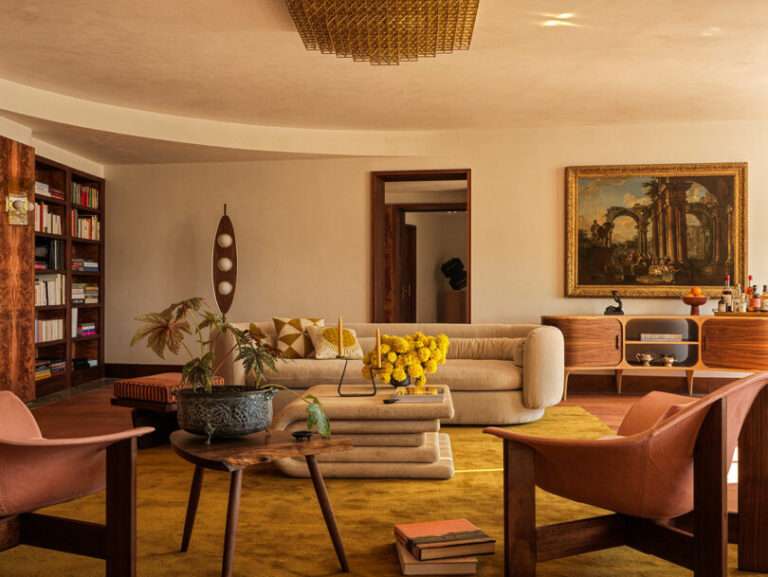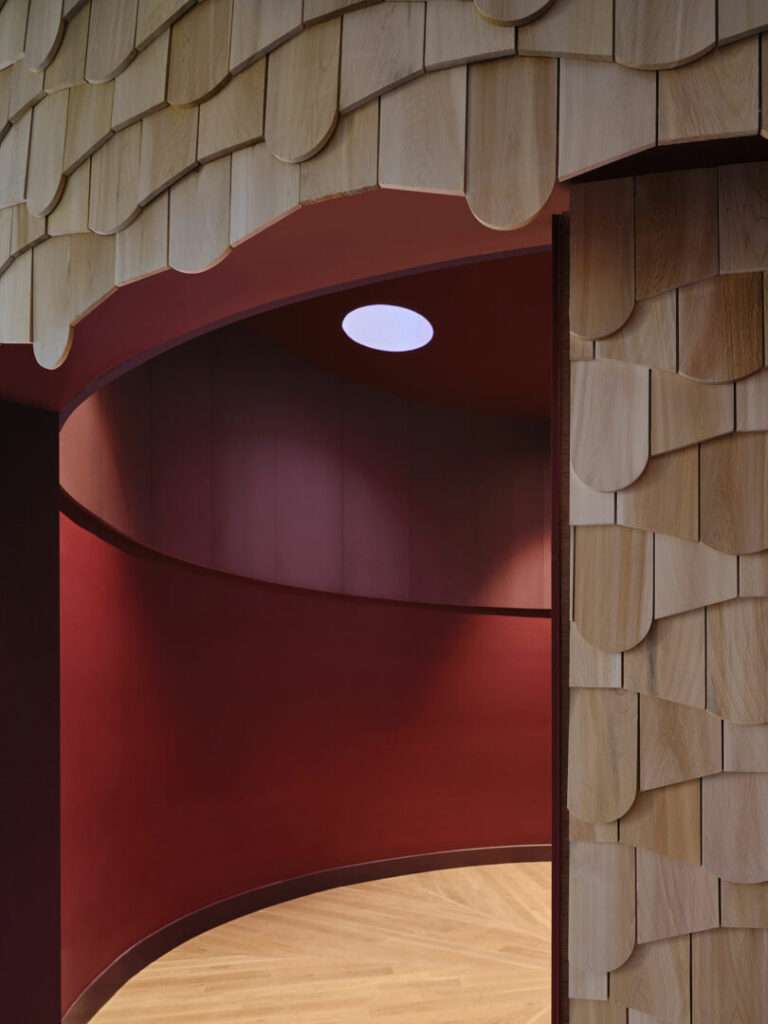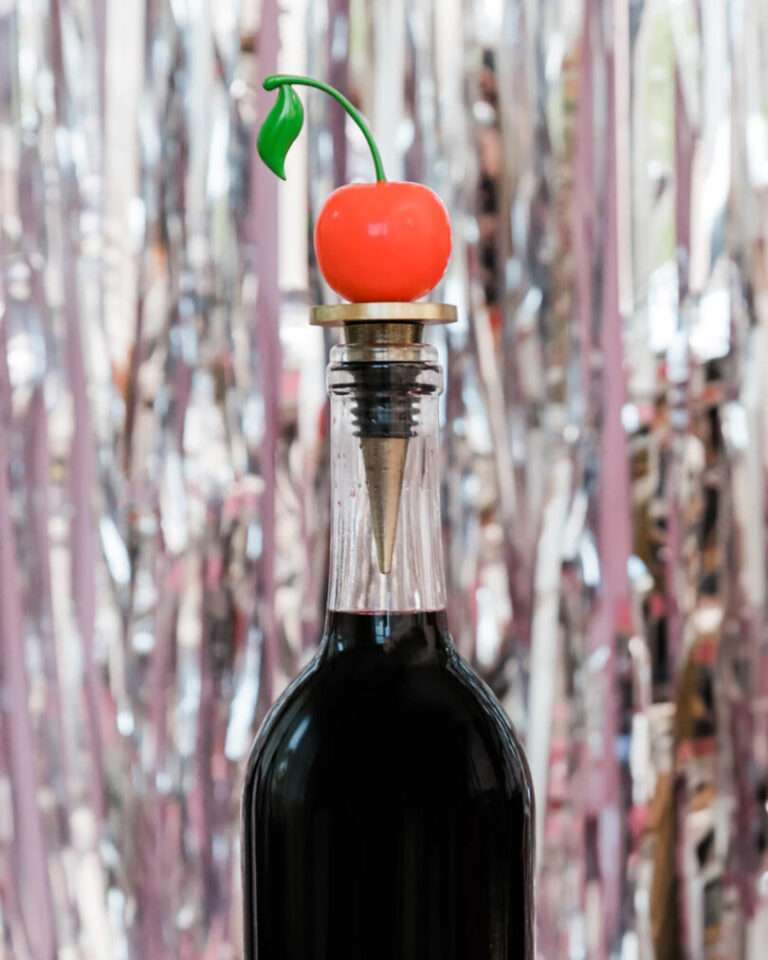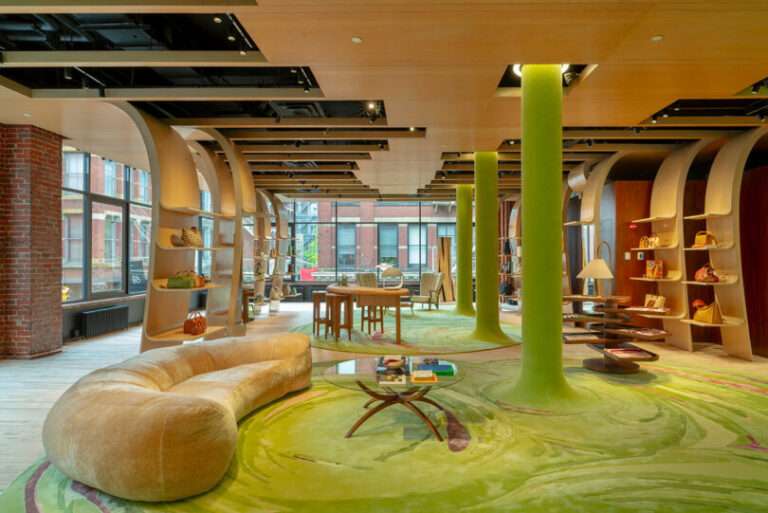While many designers turn to offcuts and scraps in the name of sustainability, Roc H Biel goes one step further – working not with leftover wood, but the dust it leaves behind. In Dust Order, his latest sculptural collection, the Royal College of Art alumnus transforms the finest of offcuts – wood dust – into monumental forms that feel both ancient and otherworldly. Inspired by the silhouettes of classical columns, the series reinterprets historic architecture as weightless sculpture, challenging perception and reframing waste as wonder.
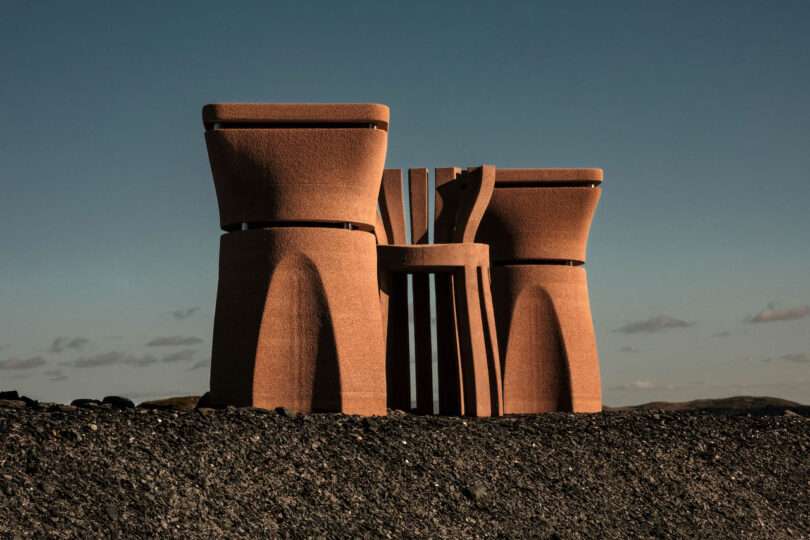
The series consists of two objects: a sculptural chair and a modular desk system, both showcasing the unique, sand-like texture of wood dust and Biel’s modern interpretation of Corinthian columns. “I treat classical motifs as raw material, reshaping them through a modern lens until they feel both familiar and strangely futuristic,” says Biel. “They see something that looks ancient or heavy, but then they touch it and everything shifts. It’s about that moment of wonder; when material, memory, and perception all clash in the best way.”
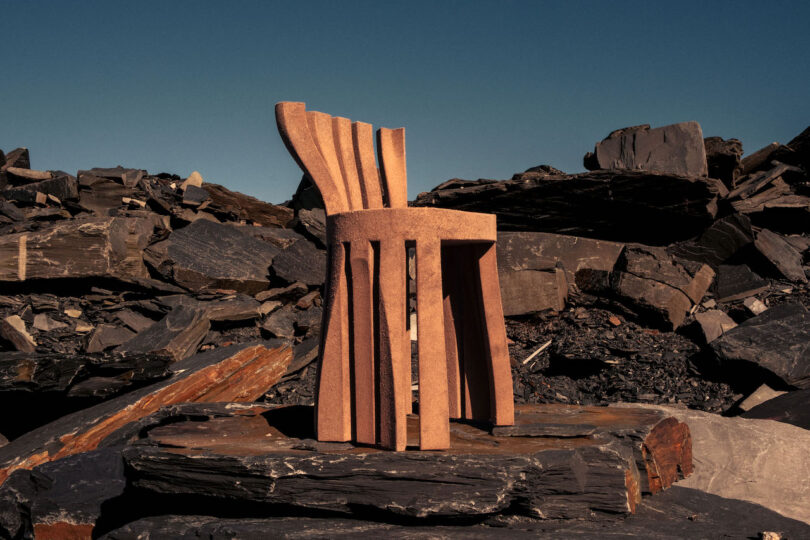
The chair is crafted entirely from beech wood dust, a waste material typically found on workshop floors, compacted and stacked into an impressive, monolithic form. Its granular surface mimics raw stone or sand casting, but its surprising lightness tells a different story. Negative space carved into the structure creates a visual rhythm, while shifting geometric profiles – from octagon to circle to square – lend a distinctly contemporary edge to the classical silhouette.
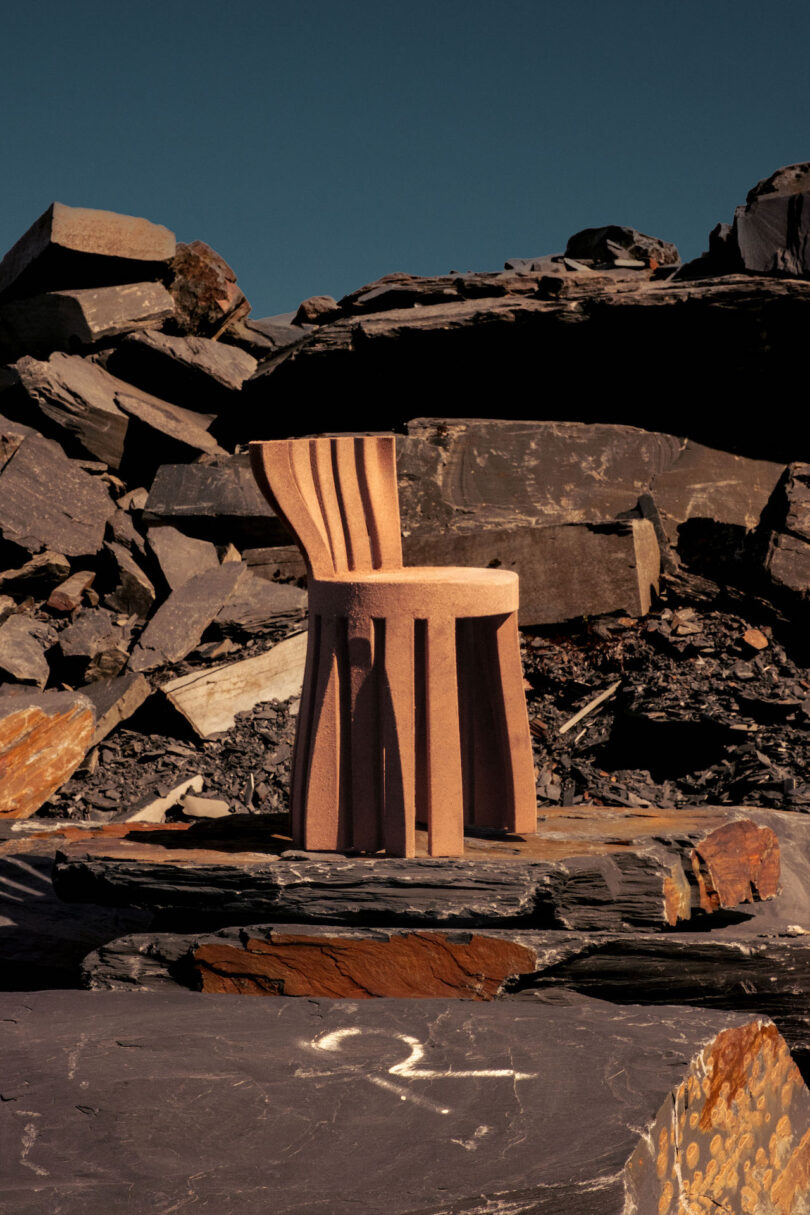
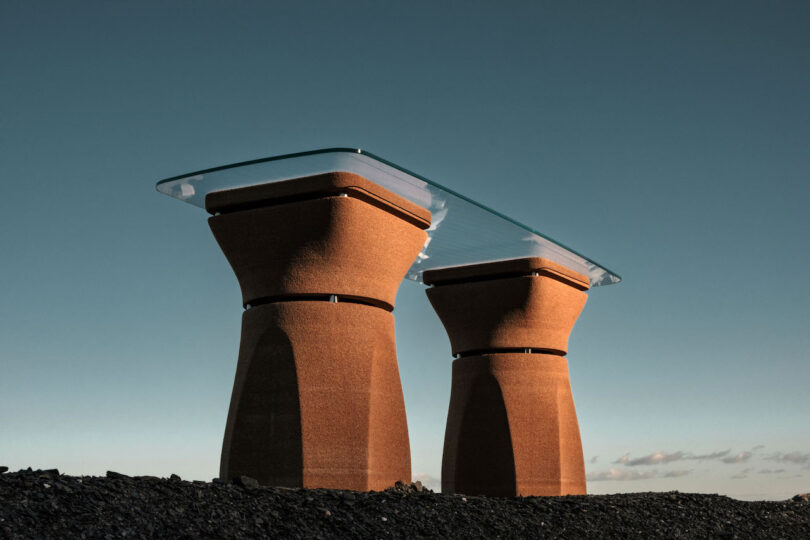
Where the chair stands as a singular, sculptural statement, the desk system takes a more modular, functional approach. Composed of three 3D-printed components made from a bonded mix of magnesium and beech wood dust, the desk uses the components of classic colmns: shaft, capital, and entablature, reimagined for a modern desk. Each piece can be rearranged into a stool, a bench, a bench with a side table, or a dining table, making it as adaptable as it is symbolic. The grainy texture recalls compacted earth or pressed sediment, grounding its futuristic function in ancient material.
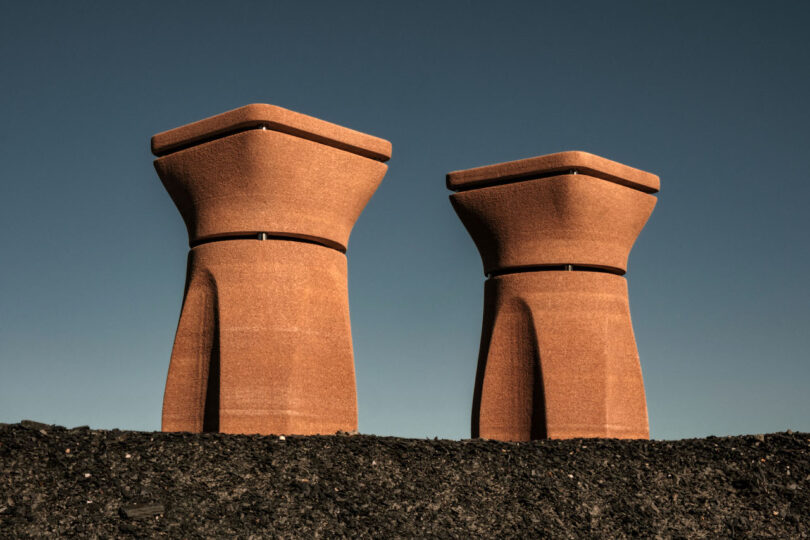
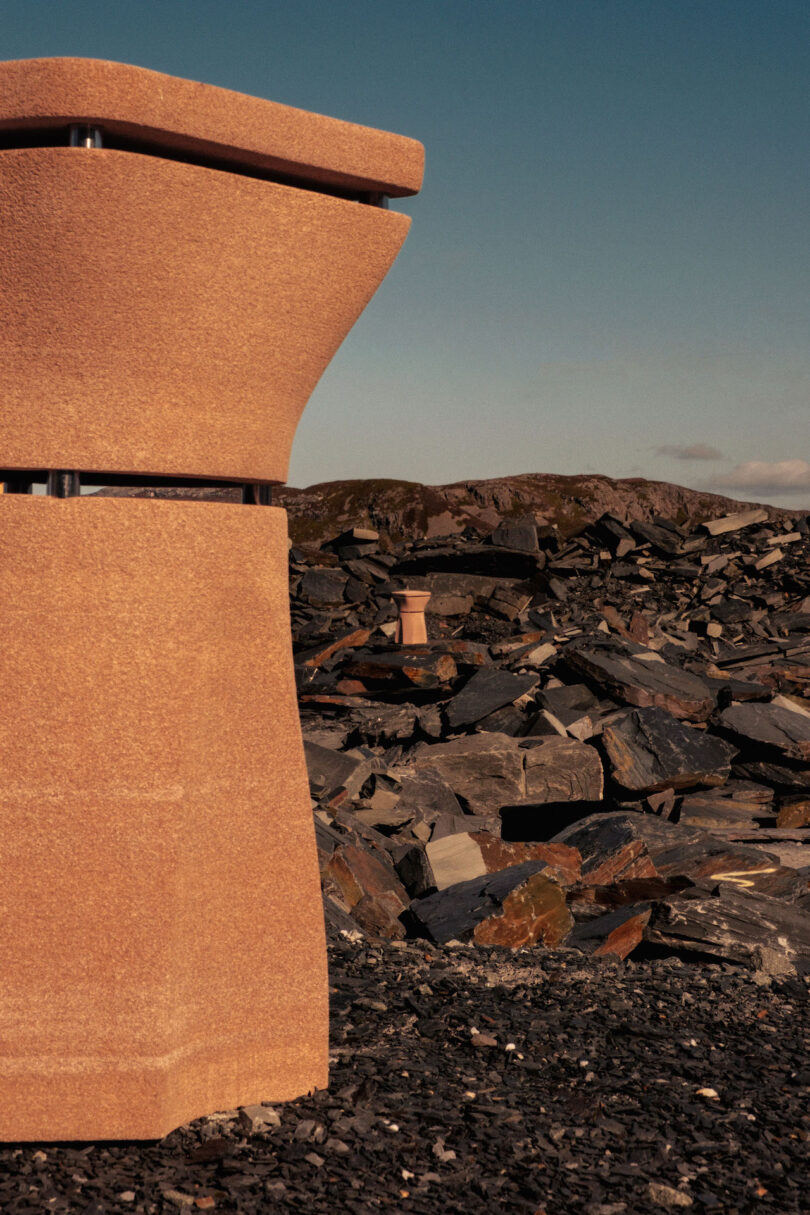
These days, AI is known for generating surrealism in digital form, but Dust Order proves that the surreal can be powerfully physical, too. Its contrasts are intentional and striking: weight and weightlessness, waste and refinement, earth and atmosphere. Like a modern day Mr. Sandman, Biel turns dust into a material for dreaming.
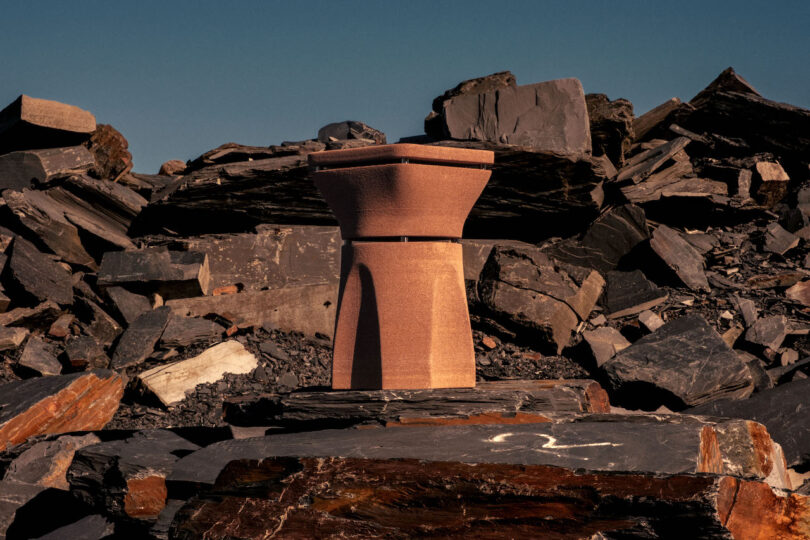
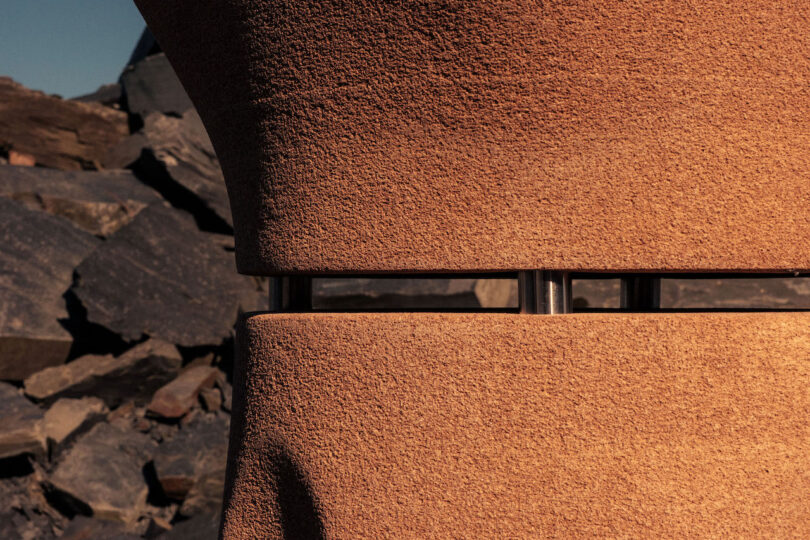
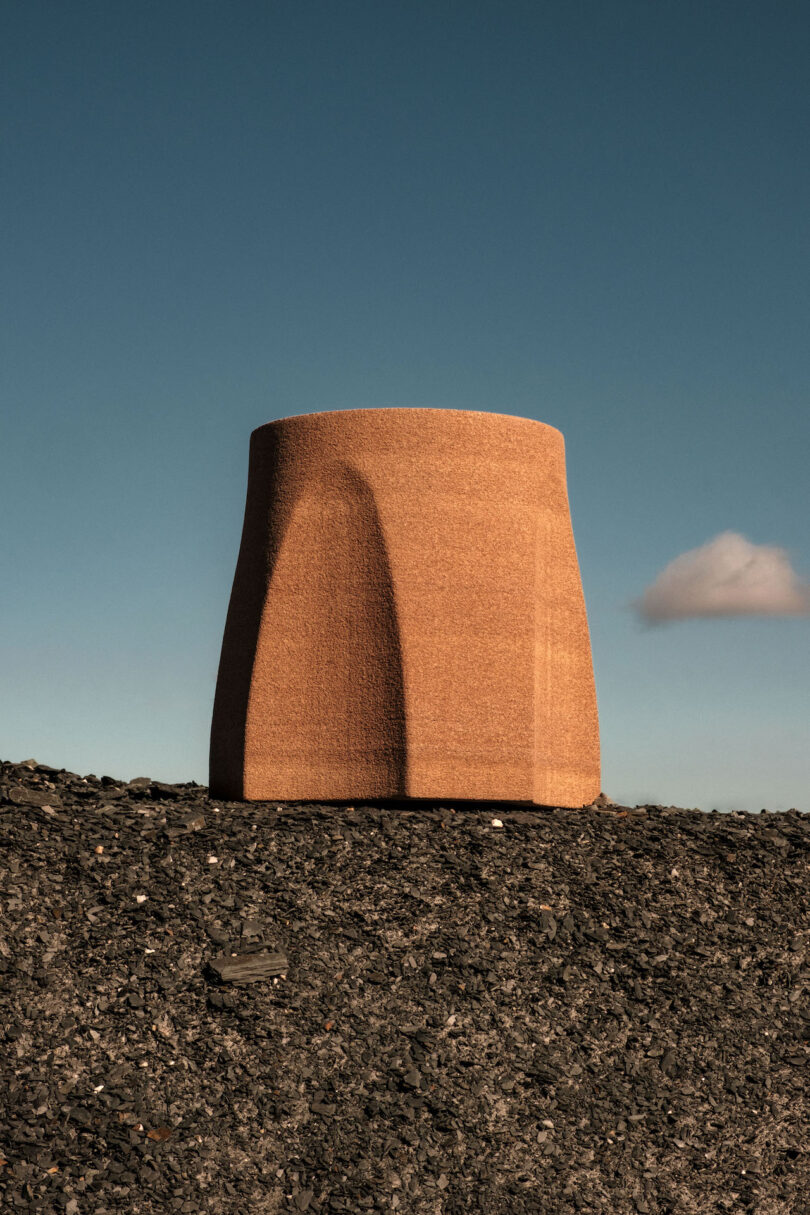
To learn more about Dust Order by Roc H Biel, visit rocbiel.com and follow at @roc.h.biel.
Photography courtesy of Roc H Biel.

